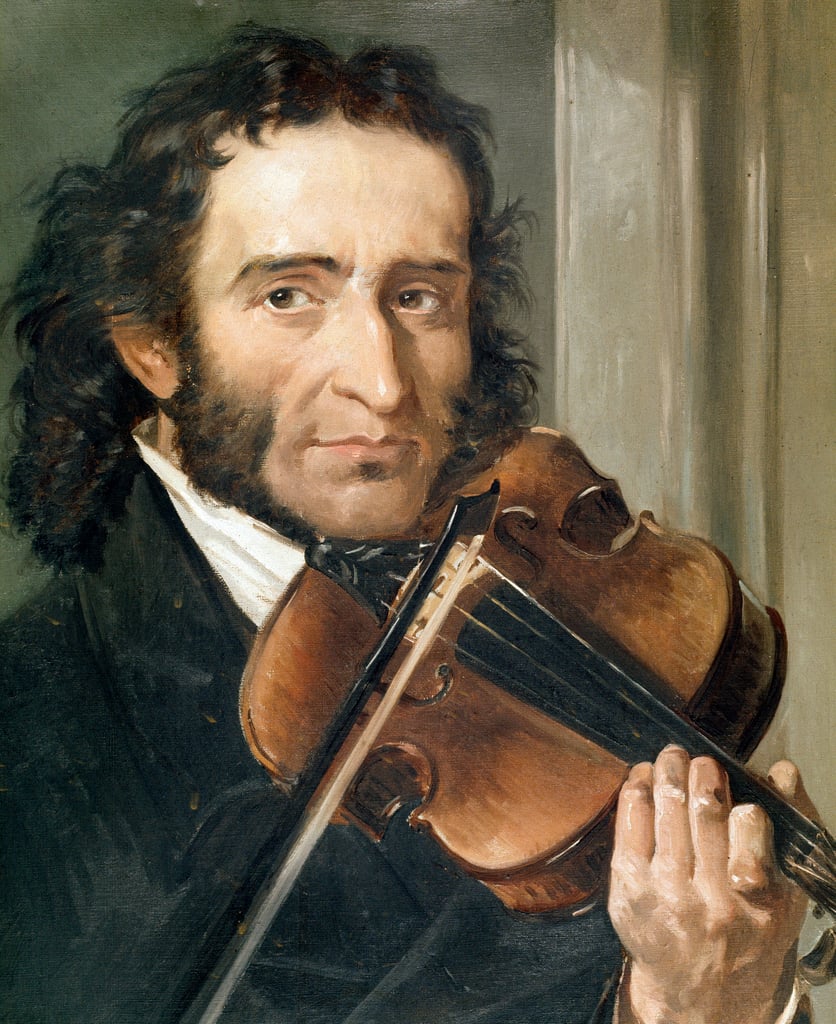Needing
some great music to accompany your holiday activities? Tune into 90.9 WGUC for
excellent classical Christmas programming. You can also join us for several
specials on the following days:
Monday, December 21, 7:00 PM
St.
Olaf Christmas Festival: A service in song and word that has become one of the
nation’s most cherished holiday celebrations. The festival includes hymns,
carols, choral works, and orchestral selections celebrating the Nativity and
featuring more than 500 student musicians who are members of five choirs and
the St. Olaf Orchestra.
Tuesday, December 22, 6:00 PM
In
Italia: A Renaissance Christmas from Venice, Naples, Milan, and Beyond: In the
sixteenth-century, the splendor of the Renaissance blossomed across Italy as a
new Holy Roman Empire stretched its wings from the Urals to the Atlantic. This
special holiday edition of Harmonia brings listeners wonderful
sixteenth-century Christmas music from the Venetian world of Giovanni Bassano
and Gioseffo Zarlino, moving westward to the Milan of Franchinus Gaffurius, and
southerly to the Naples of Diego Ortiz.
Wednesday, December 23, 7:00 PM
VAE
Candlelit Christmas: Step inside from the bitterly cold Cincinnati winter to be
enveloped in song and the warm glow of candlelight. VAE is proud to welcome
Anton Armstrong of the world-famous St. Olaf Choir as guest conductor for a
program featuring newly invigorated Christmas classics and stunning renditions
of familiar favorites.
Thursday, December 24, 10:00 AM
A
Festival of Nine Lessons and Carols: A live service of spoken-word and music
(choral and organ) broadcast from the chapel of King's College in Cambridge,
England. The 30-voice King's College Choir performs the legendary Festival of
Nine Lessons and Carols service of Biblical readings and music. Hosted by
Michael Barone.
Thursday, December 24, 6:00 PM
A
Chanticleer Christmas: A one-hour program of holiday favorites, new and old,
presented live in concert by the superb 12-man ensemble known as "an
orchestra of voices." Hosted by Brian Newhouse.
Friday, December 25, 6:00 PM
A
Festival of Nine Lessons and Carols: ENCORE
90.9’s
Christmas programming is also available on our website or with the free mobile
app for those tuning in from out of town or if you’re traveling during the
holidays!
From
all of your friends at 90.9 WGUC, have a very merry Christmas!



